Doldol Pie (돌돌파이)
13.3Km 2024-04-06
Sinbok 6-gil 27-5, Deokjin-gu, Jeonju-si, Jeonbuk-do
Fábrica de Arte Contemporáneo en Palbok (팔복예술공장)
13.4Km 2024-05-14
Guretdeul 1-gil 46, Deokjin-gu, Jeonju-si, Jeonbuk-do
La Fábrica de Arte Contemporáneo en Palbok se fundó en una antigua fábrica de cintas de casete, veinticinco años después de que cerrara tras la llegada del CD. Ubicada en el barrio de Palbok-dong de la ciudad de Jeonju, el establecimiento tiene como objetivo difundir el arte y la creatividad artística por el mundo, de forma muy similar a como lo hizo la anterior compañía de cintas de casete en su apogeo en los años 80.
Gran Piatto - Junghwasan Branch(그랑삐아또 중화산)
13.9Km 2024-10-15
356, Seowon-ro, Wansan-gu, Jeonju-si, Jeonbuk-do
+82-63-288-0066
A place where you can enjoy various Western dishes. This Western dishes restaurant is located in Jeonju-si, Jeollabuk-do. The most famous menu is wood-fired pizza.
Museo del Hanji de Jeonju (전주한지박물관)
14.0Km 2024-10-15
Palbok-ro 59, Deokjin-gu, Jeonju-si, Jeonbuk-do.
Llamado al principio "Museo del Papel Hansol" en 1997, cambió su nombre por el de "Museo Pan-Asiático del Papel" en 2001. En 2005 volvió a adoptar un nuevo nombre, siendo llamado desde entonces "Museo del Hanji de Jeonju". Está situado en Jeonju, en la provincia de Jeollabuk-do. Al tratarse del primer museo de Corea especializado en papel, cuenta con una gran colección de 3.000 objetos, así como una gran base de datos que documenta la larga historia y ventajas del hanji (papel tradicional coreano). El museo también alberga dos exhibiciones especiales cada año, con temas relacionados con el papel.
Parque del Monte Wansan (완산공원)
14.1Km 2025-07-10
Gongsunae 1-gil 19-4, Wansan-gu, Jeonju-si, Jeonbuk-do
El Parque del Monte Wansan se encuentra en la parte sur de la ciudad de Jeonju. En su punto más alto tiene un pabellón ubicado en la parte superior donde las personas pueden observar la zona. El parque está administrado por el Ayuntamiento de Jeonju y es un refugio popular para los lugareños, especialmente en primavera, cuando los árboles están en plena floración bordeando los senderos.
Bibinakan (비비낙안)
15.0Km 2024-08-12
768 Samnye-ri, Samnye-eup, Wanju-gun, Jeonbuk-do
Ichiryu Yangsim (이치류양심)
15.5Km 2024-10-16
22, Hongsanbuk-ro, Wansan-gu, Jeonju-si, Jeonbuk-do
+82-63-228-8880
A place where you can enjoy various lamb dishes. The best menu at this restaurant is lamb chop. This Chinese (cuisine) restaurant is located in Jeonju-si, Jeonbuk-do.
Aldea del Arte y la Cultura Samnye de Wanju (완주 삼례문화예술촌)
15.7Km 2024-10-15
Samnyeyeok-ro 81-13, Samnye-eup, Wanju-gun, Jeonbuk-do.
Esta aldea artística también es conocida con el nombre de "Samsam-yeye-mimi", en el municipio de Wanju-gun, provincia de Jeollabuk-do. Hay museos dedicados al diseño, galerías de medios audiovisuales, librerías y demás locales relacionados con el arte.
CHAIKING (차이킹)
15.7Km 2024-10-15
14, Hongsannam-ro, Wansan-gu, Jeonju-si, Jeonbuk-do
+82-63-222-9078
A place where you can enjoy various Chinese dishes. The best menu at this restaurant is spicy seafood noodle soup. This Chinese (cuisine) restaurant is located in Jeonju-si, Jeollabuk-do.
Callejón del Makgeolli de Samcheon 2-dong (삼천 2동 막걸리골목)
15.8Km 2025-07-18
Samcheondong 1-ga, Wansan-gu, Jeonju-si, Jeonbuk-do
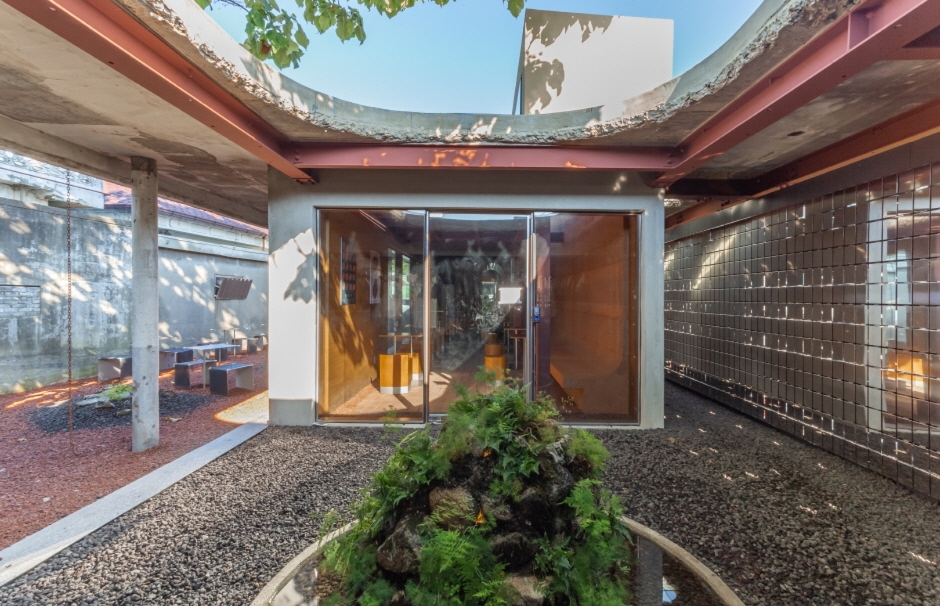
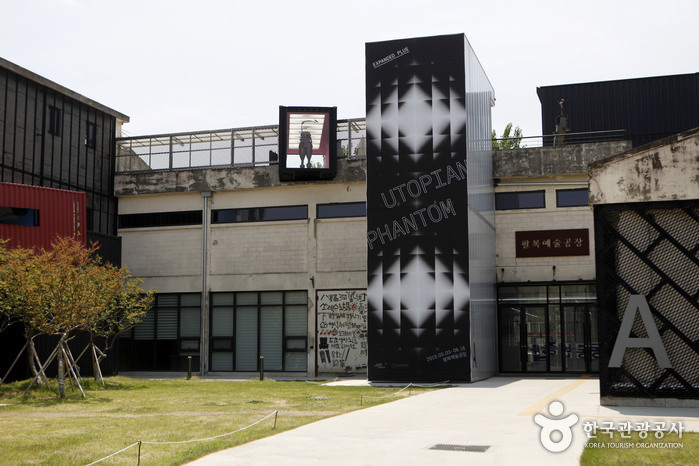
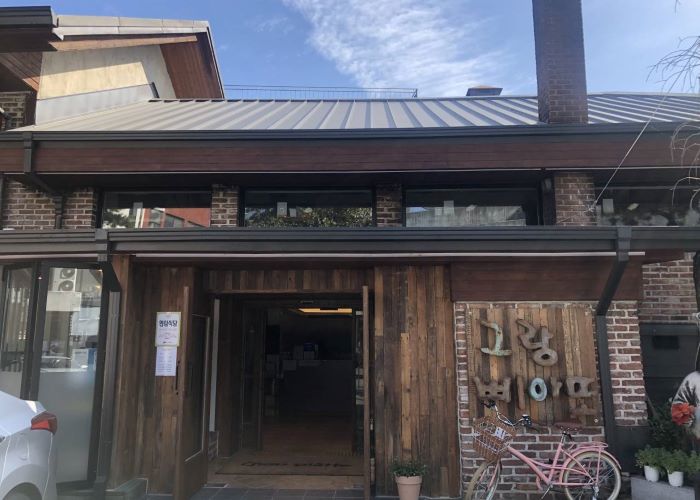
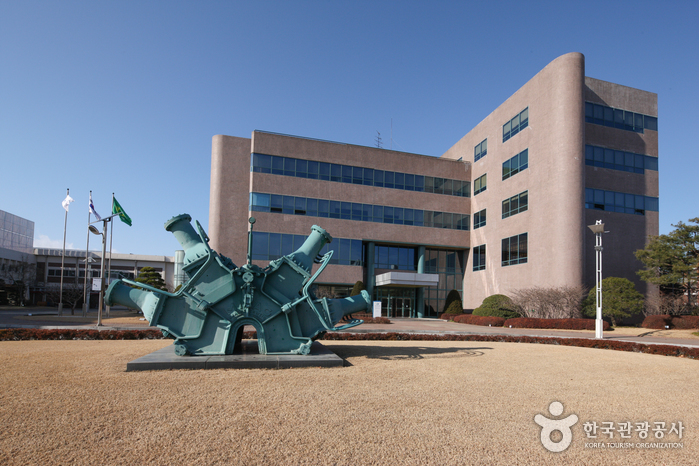
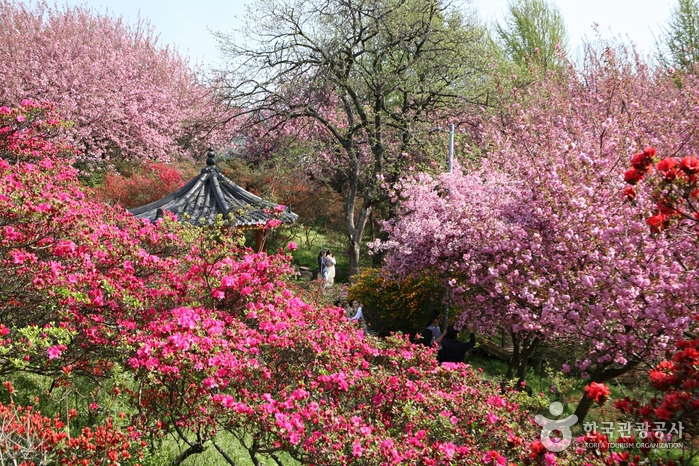
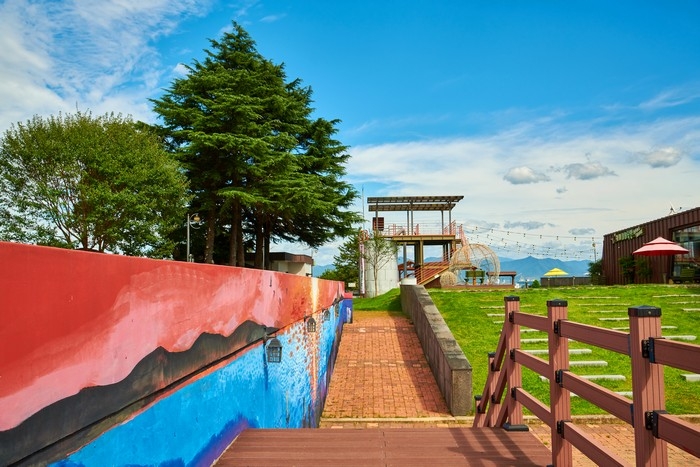
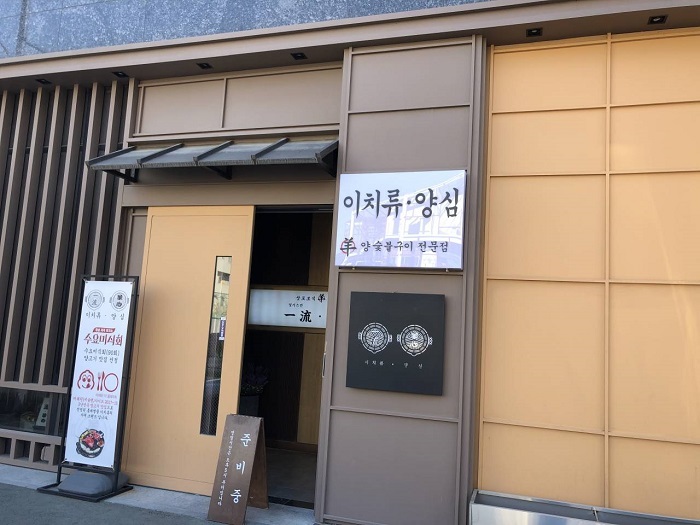

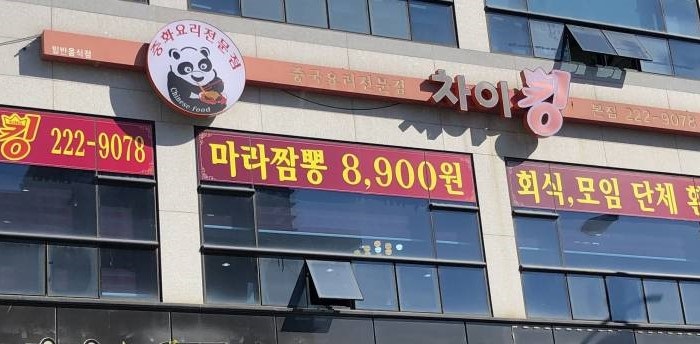
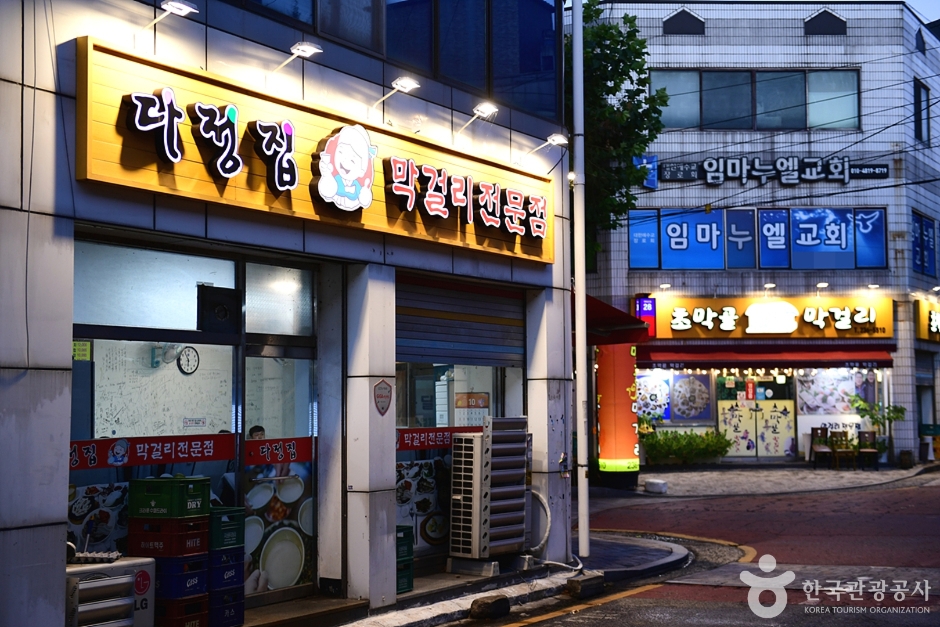
 Español
Español
 한국어
한국어 English
English 日本語
日本語 中文(简体)
中文(简体) Deutsch
Deutsch Français
Français Русский
Русский